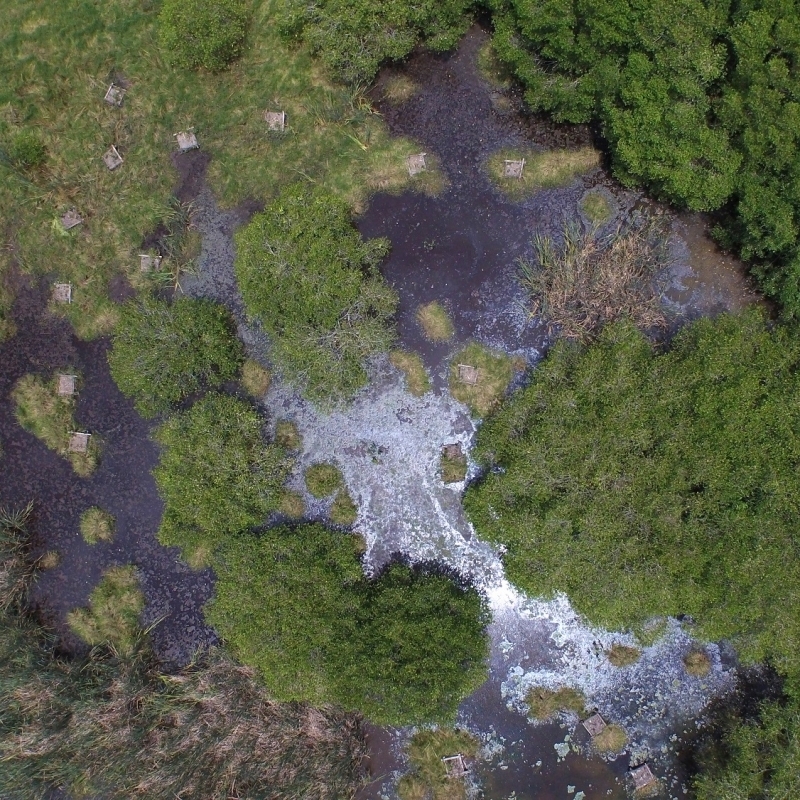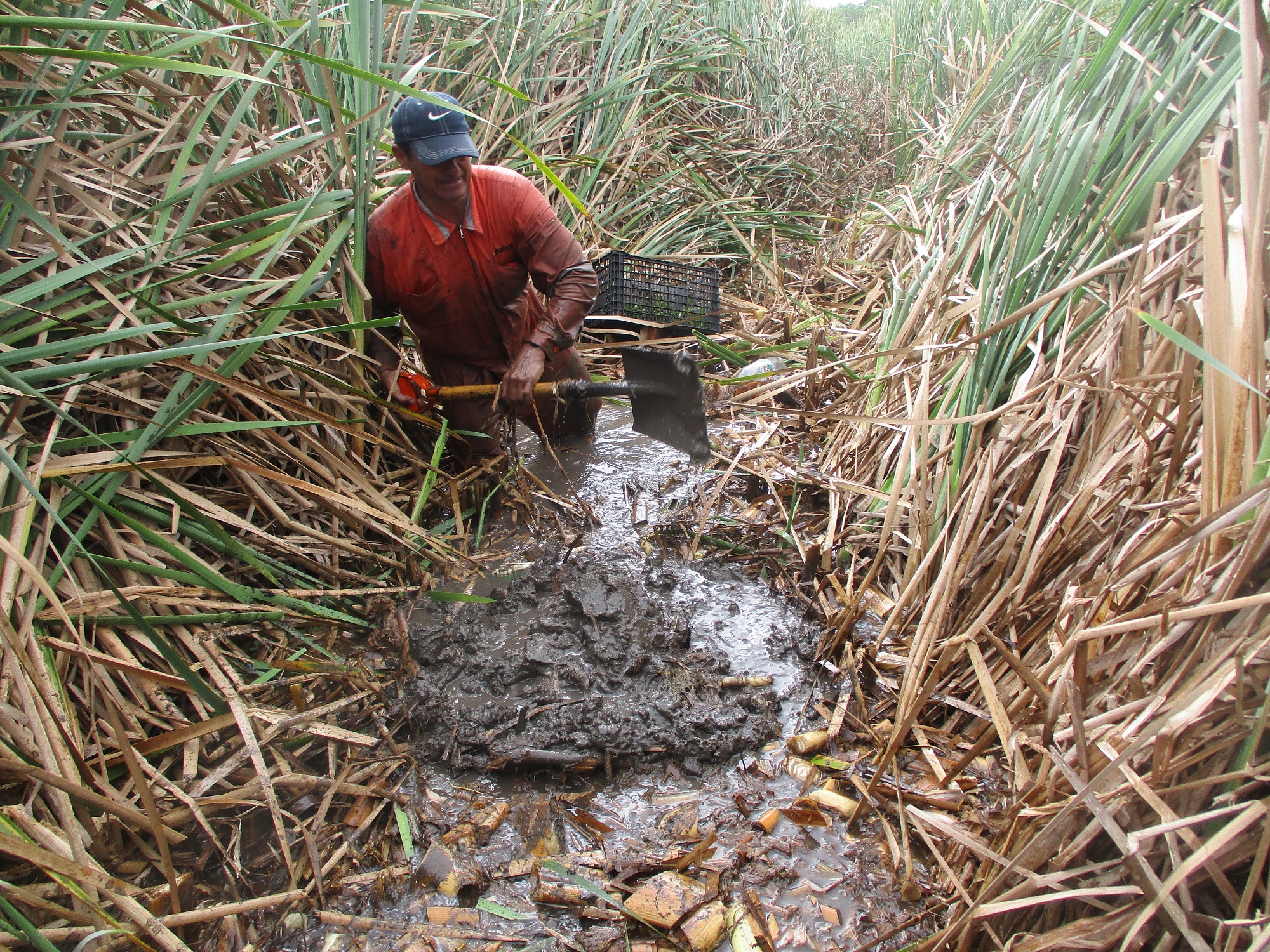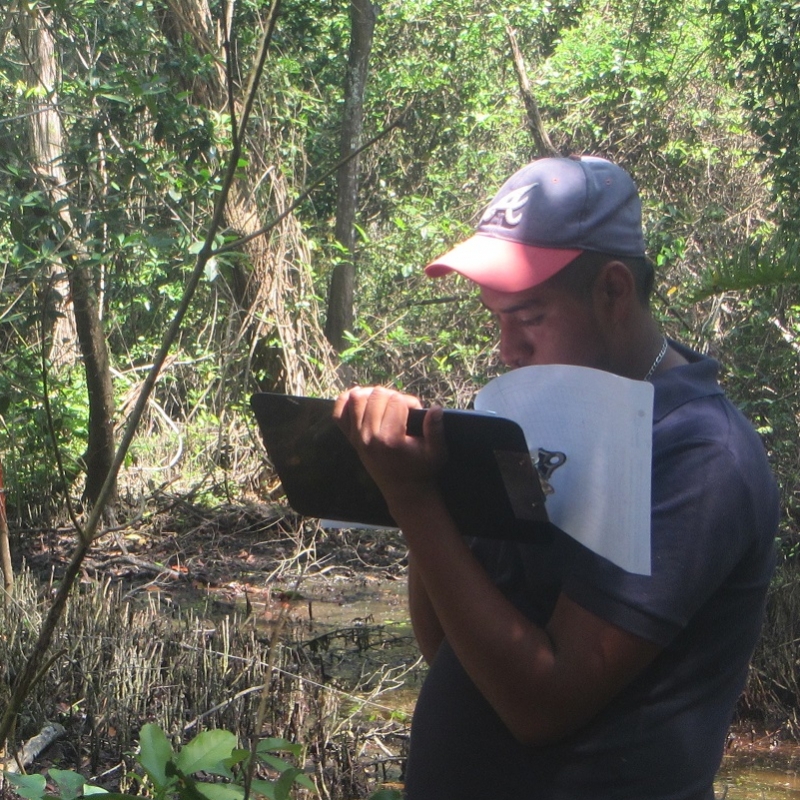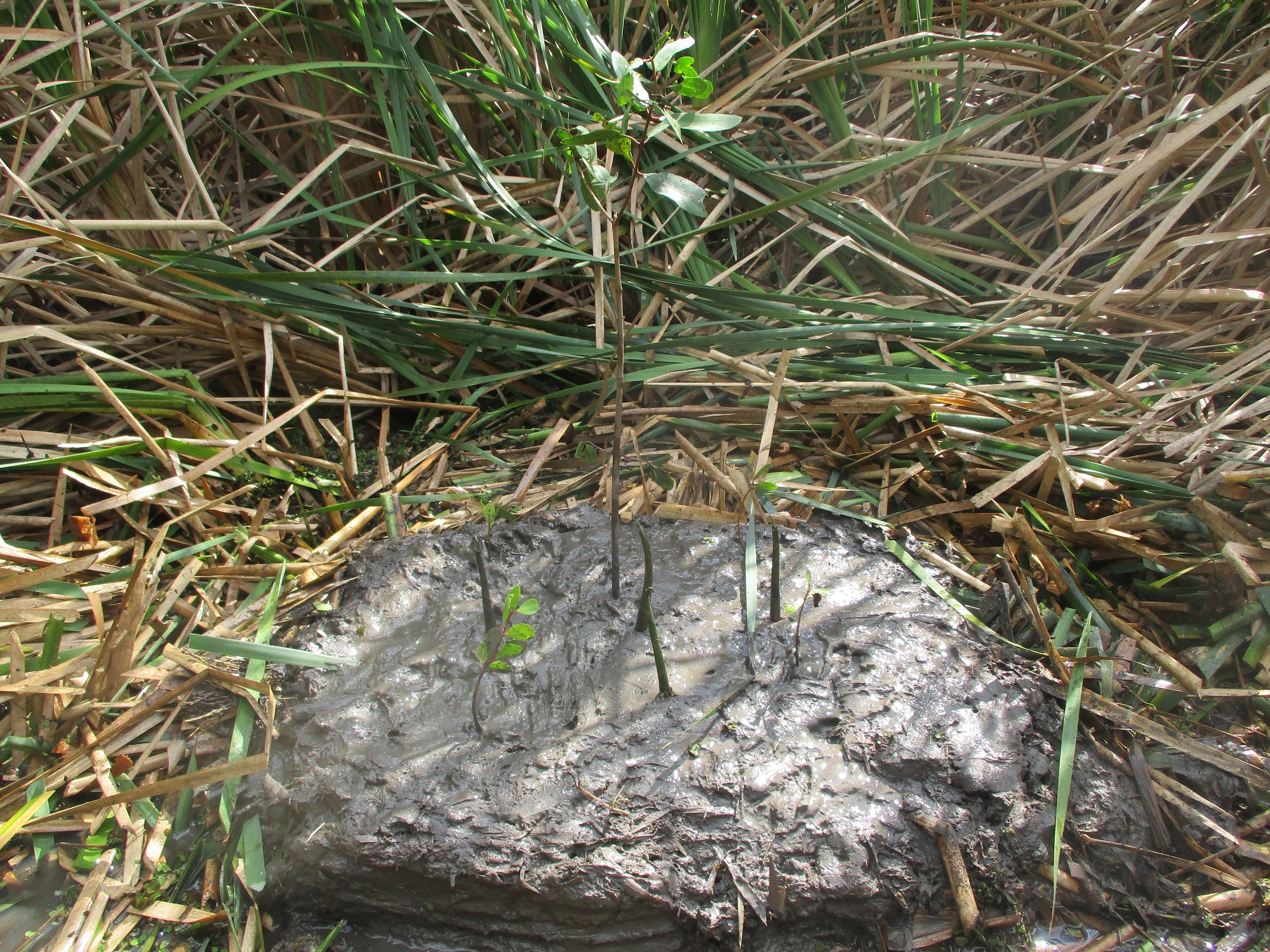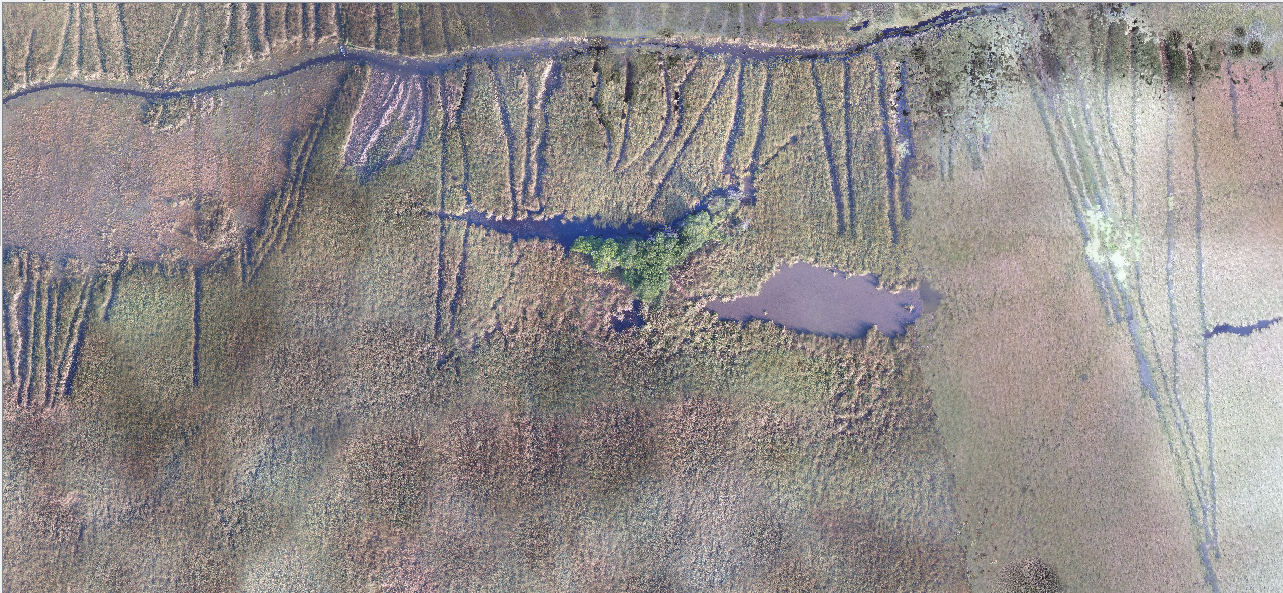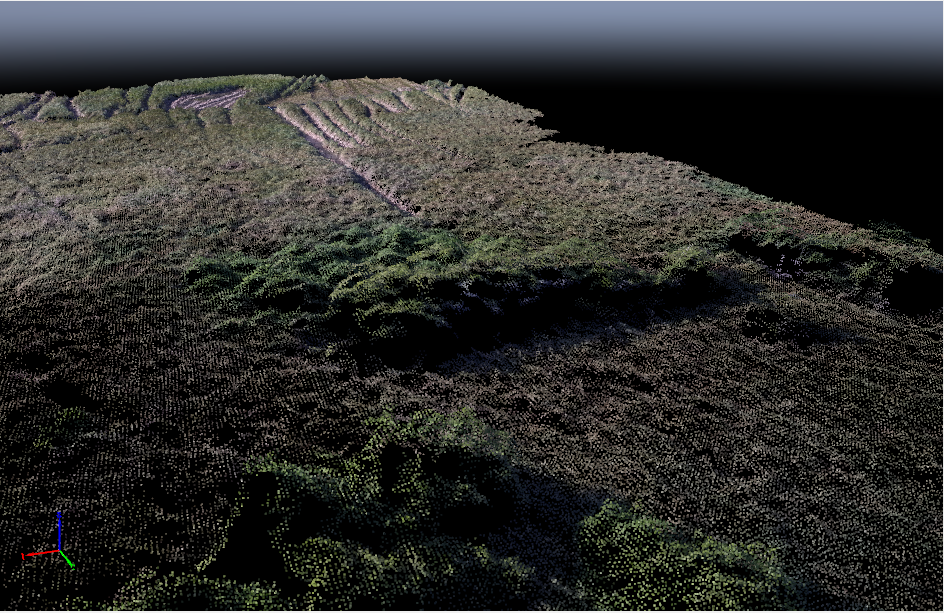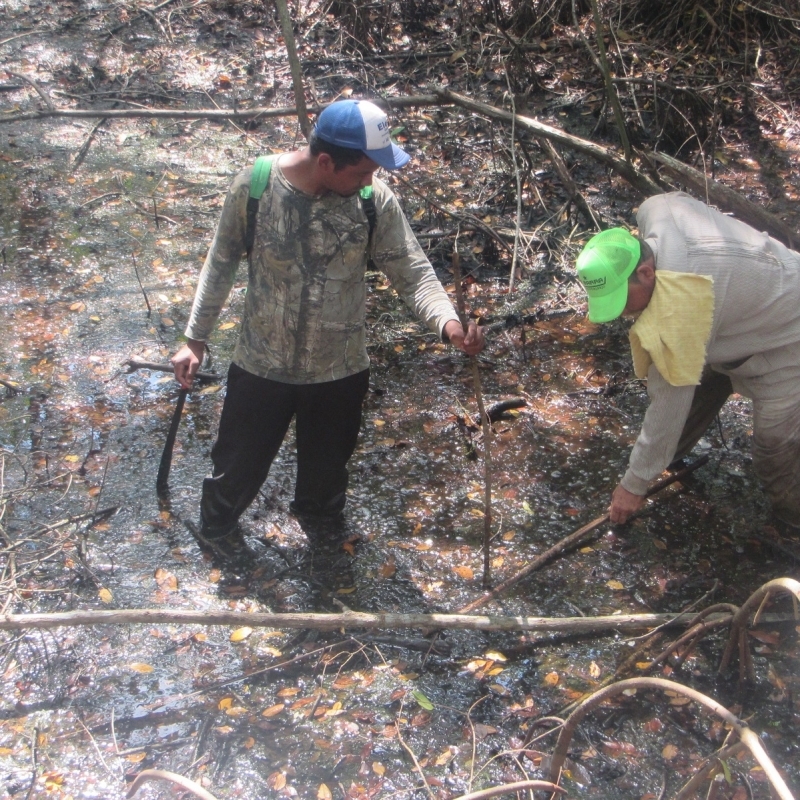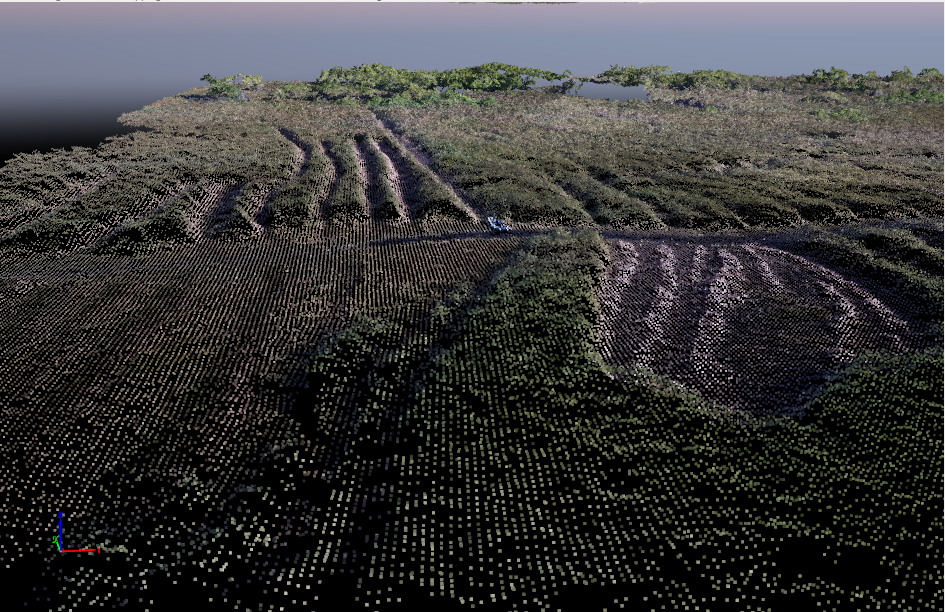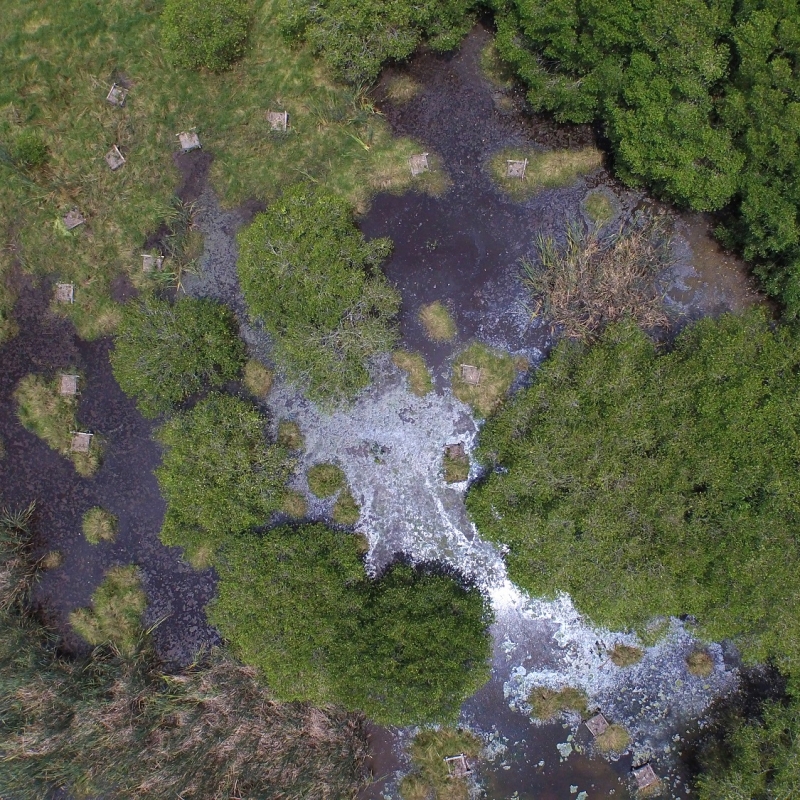Restoration of Mangrove Forest Landscape: an Opportunity for Social Development in the RAMSAR Site “Alvarado Lagoon System” in Veracruz
Concept
The Alvarado Lagoon System (ALS) is a mosaic of wetlands with more than 314,000 hectares (ha). This wetland includes mangrove swamps, seasonal water bodies and halophyte communities. The ALS is of great ecological and economic importance for the country. It houses more than 14,000 ha of mangrove forests that provide strategic environmental services for the population. In this sense, mangroves protect communities from hurricanes, tropical storms and intensity of floods.
NGOs, federal government and National Forestry Commission (CONAFOR) have invested in the restoration of mangrove ecosystem. The results of these actions in many cases have not been satisfactory, mainly due to errors in the selection of sites and inadequate techniques to promote the ecosystem’ regeneration. Only in the period 2010-2013, Pronatura has recorded the deforestation of over 2,000 hectares, equivalent to 15% loss of mangrove cover. If this dynamic continues, in 20 years all the mangroves in the area would be destroyed. Besides, assessing local context the federal, state and municipal governments have identified a high level of vulnerability of the population to climate change.
The processes of adaptation to climate change must generate economic alternatives for local communities. Strict national legislation protecting mangrove certainly has had positive effects on their conservation at national level. However, in the project area has had no such positive effects. Population can’t use mangrove wood, so they expand cattle ranches over mangrove areas with no sustainable management. Even fishing communities have also adopted small-scale breeding cows as a complement to its domestic economy.
Therefore, the project aims to create the technical, legal and market foundation for the economy of mangrove wood. The goal is a deeply rooted social base and self-management capabilities. This can be done by changing the “protectionist” conservation strategy. Today we seek a regional development strategy based on timber productivity of the mangrove ecosystem.
Project objectives and implementation progress
In order to turn the threat of illegal logging and degradation of mangroves into an opportunity for sustainable forestry development in the area the project began with the characterization of mangroves that will be under sustainable management processes timber or timber handling. The characterization and diagnosis allow the project to have ecological and technical elements to know the timber potential of mangroves or their potential for ecological restoration.
This IKI project aims to have a catalytic effect in the region. Up to now, the following progress has been achieved:
- Restoration and forest management. Currently reaching 1500 hectares under sustainable management and 50 hectares restored and 1,300 m of recovered canals that benefit a buffer area of 1,000 hectares.
- Training and exchange of experiences. More than 80 actors
- Visibility and competitiveness of mangrove wood. Next stage for 2018-2019.
- Restoration and forest management.
One of the main objectives of this IKI projects is that communities are involved in the project made landscape restoration with a mangrove forestry management approach, with technical capabilities and legal bases. In this sense, Private Conservation Areas and forest management units are being created in concerted lands. Legal records have been compiled with one community (500 hectares) and one private owner (1000 hectares), in this way their land will be under sustainable management, incorporating selected mangrove areas for forestry, conservation areas and degraded mangrove areas for ecological restoration. Hence, sustainable management plan for properties are being developed with technical components, such as detailed maps (1:10000 or greater) using satellite imagery and multiyear drone aerial photos.
Furthermore, the sustainable management plans are being carried out with a participatory process. Communities are involved in the processes through interviews and workshops, while using participatory cartography, diagrams and other methods. So far, the technical team together with the local communities have restored 50 hectares implementing the restoration technique based on “Chinampas”, which has proven to be the most successful in the area. Pronatura, in the Veracruz region, has developed this technique recovering the ancestral Mesoamerican concept of “chinampa”, in this way small mounds of mud with organic matter and southern cattail (locally known as “anea”, Typha domingensis) are built. The “chinampas” are islets of a square meter size that are distributed in the landscape, allowing to increase the ground level so that the propagules are able to develop, avoiding that they get drowned with the elevation of the level of the water in the rainy season. To complement the restauration efforts hydrological connectivity has been recovered (1300 meters of canals impacting in a buffer area of 1000 hectares, approximately).
- Training and exchange of experiences.
As proposed in this project, the strategy must be supported by the strengthening of local capacities. Based on a diagnosis made in 2017, it has been proposed that in 2018 the theoretical-practical training will be implemented in technical, environmental and economic aspects with the communities, private owners and local government. Thus, in the first trimester of 2018, more than 50 participants have been involved in forestry and environmental subjects.
In the area of sustainable forestry, the training will allow the implementation and monitoring of planning, the communities will also be able to update their documents in order to get the federal authorization for the extraction of wood each year. From the technical standpoint, local actors will be able to obtain measurements and structural data from mangrove forests, as well as the rate of regeneration and annual extraction by species. Training has also been implemented to build ovens and the production of charcoal with sustainable techniques, taking advantage of the leftovers of wood while improving livelihoods and the local economy.
Besides working with local actors in the ALS, in 2017 a special course was held with the aim of generating and strengthening networks in Mexico and Latin America. In a theoretical and practical way, main stakeholders from the region were summoned, generating the exchange of experiences to improve project management, sustainable forestry and ecological restoration. In this sense, from August to December, 34 participants from different fields were trained (government, academy, NGO and private sector), representing several regions of Mexico, Colombia and El Salvador. The “III Advanced Course in Ecological Restoration and Sustainable Forestry of Mangroves” offered a solid on-line content with 58 lectures provided by experts from 15 countries. In addition, there was a week of intensive practice in the ALS, where participants learned about the restoration process implemented by Pronatura with more than ten years of experience.
- Visibility and competitiveness of mangrove wood.
The following steps are orientated to the processing and added value of the mangrove woods. We will generate a marketing plan for mangrove wood at local and national level. This document will also investigate the quality for specific uses and durability, as well as key elements such as research of potential buyers, outlets and potential niche markets.
Project perspectives
Legalization of mangrove wood production, accompanied by forest management for sustainable use, will give economic and productive options to the inhabitants of the project area. Fishing currently not a profitable activity for local people. Therefore, the economic pressure on mangroves is very high: large logging and wildlife extraction. Even illegally, mangrove wood is mobilized from forests to cattle ranches and other markets. The project will be transform forest management in order to be profitable, favouring the existence of mangroves in the long-term.
It is possible to stop the deforestation of mangroves if the direct economic value of these contribute to improving the quality of life of the inhabitants. The vast majority of communities involved in the project depend on mangrove benefits, therefore, conservation and ecosystem restoration is urgent in order to reduce their vulnerability.

